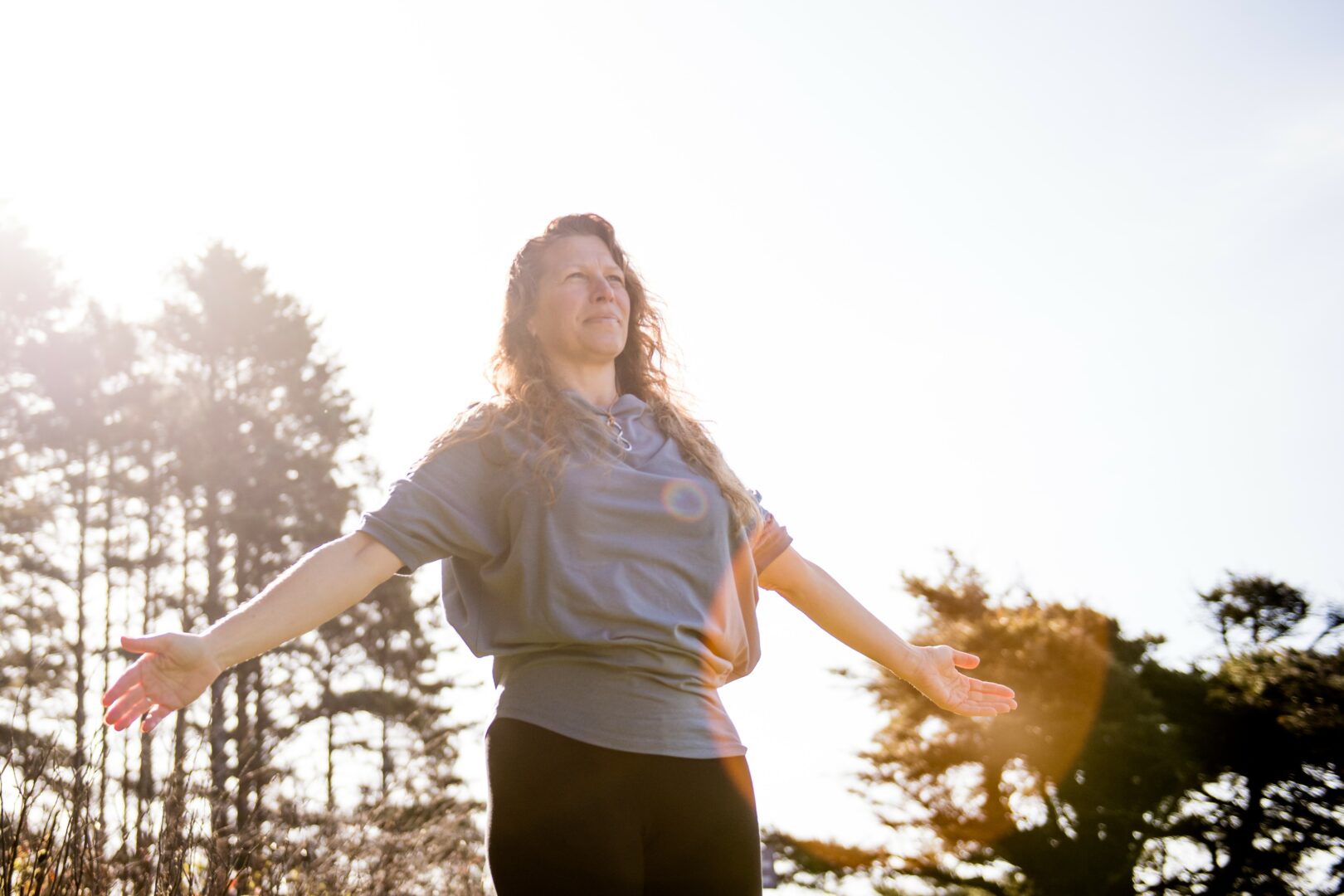We recently connected with Kunwar Prithvi Singh Rathore and have shared our conversation below.
Hi Kunwar Prithvi, we’re so appreciative of you taking the time to share your nuggets of wisdom with our community. One of the topics we think is most important for folks looking to level up their lives is building up their self-confidence and self-esteem. Can you share how you developed your confidence?
I developed my confidence and self-esteem gradually through experience, self-reflection, and taking bold steps—especially when I made the decision to move from India to New York to pursue my passion for photography and art. Leaving behind everything familiar—my family, friends, and cultural environment—wasn’t easy, but it taught me resilience and forced me to believe in my own voice and vision.
Throughout my education and professional journey here, I’ve had to navigate new systems, face uncertainty, and advocate for myself. Presenting my work, receiving critique, and collaborating with people from very different backgrounds has pushed me to grow. Over time, I learned to trust my instincts, acknowledge my strengths, and see challenges as opportunities for growth.
Confidence, for me, came from showing up consistently, taking risks, and staying connected to why I started this journey in the first place.
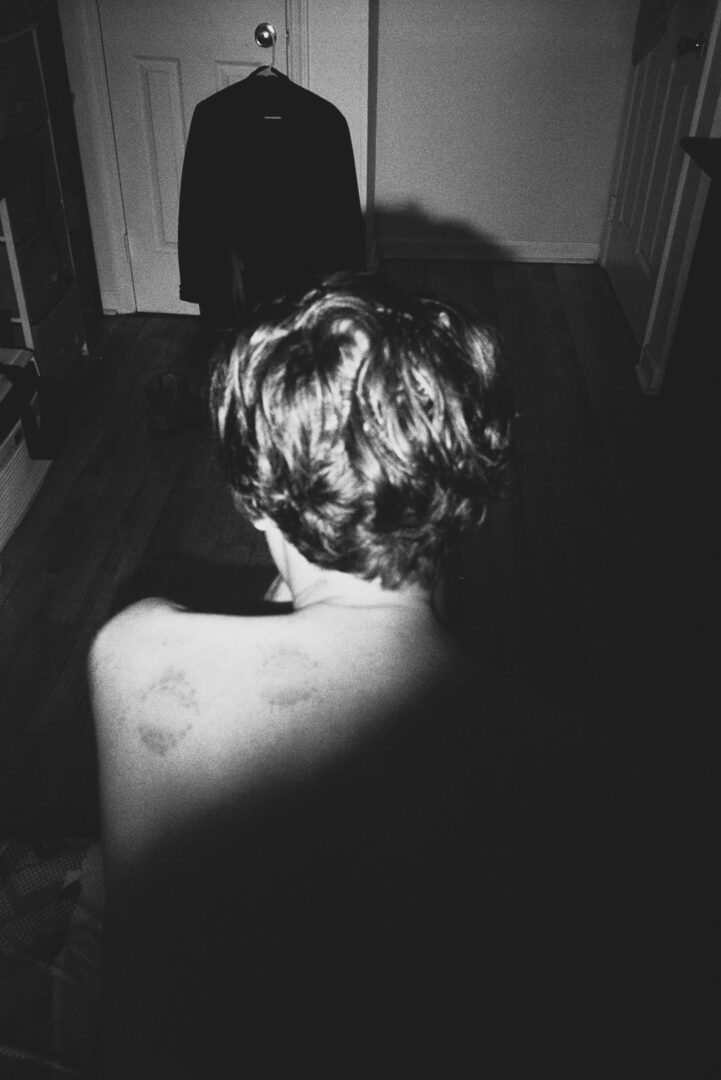
Thanks, so before we move on maybe you can share a bit more about yourself?
I’m a queer South Asian photographer and visual artist based in Brooklyn, New York, originally from a small town in India. My work explores intimacy, cultural identity, queerness, and memory—often through deeply personal and archival narratives. One of the most pivotal decisions in my journey was leaving behind my home, family, and community in India to pursue a life and career in the arts in New York. That move wasn’t just geographical—it was an intentional step toward claiming my voice and building a practice that reflects both who I am and where I come from.
My practice is rooted in photography, but extends into installation, bookmaking, and re-photography. I often work with layered imagery, archival materials, and portraits that confront patriarchal structures and challenge traditional representations of masculinity—particularly within South Asian culture. In one of my ongoing bodies of work, I photograph my father and brother in traditional South Asian jewelry and clothing (designed by my father himself) as a way of exploring inherited distance and the emotional language of men in my culture.
I hold an MFA in Photography from Pratt Institute, and my work has been exhibited across the United States and Europe in both institutional and gallery contexts. These include solo and group exhibitions that have centered themes of queerness, diaspora, and the intersection of personal and political narratives.
What sets my work apart is its ability to weave together vulnerability and visual strength—creating spaces that challenge, affirm, and invite reflection. I see my practice as a conversation, not just with the viewer, but with the past, the body, and the cultural frameworks that shape who we become.
Currently, I’m working on a new publication and preparing for upcoming exhibitions set to open this year and next. My goal is to continue expanding the scale and reach of my work through books, large-scale installations, and meaningful collaborations across disciplines and geographies.
At its core, my work is about reimagining presence—both my own and that of others whose stories and identities have too often been overlooked.
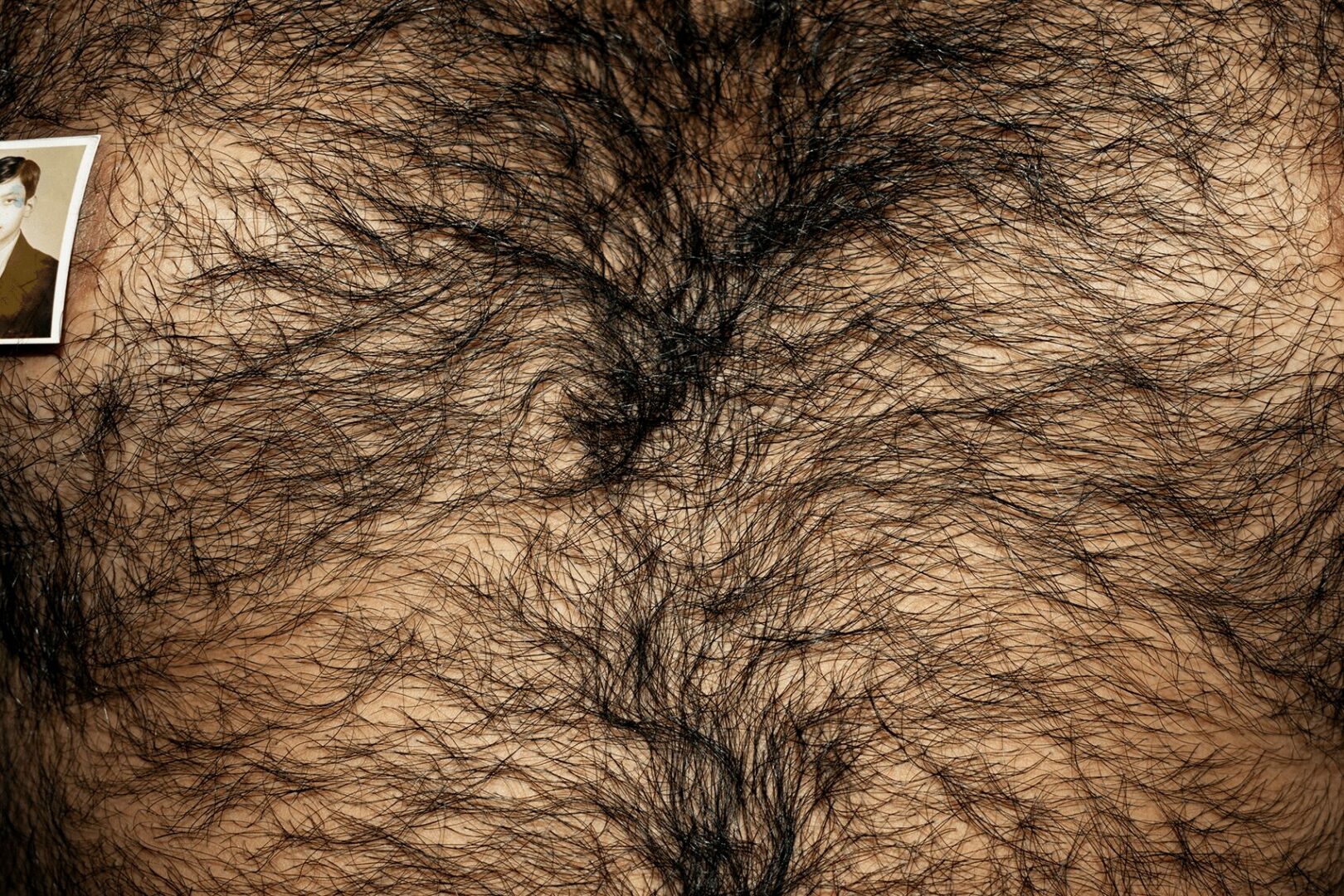
There is so much advice out there about all the different skills and qualities folks need to develop in order to succeed in today’s highly competitive environment and often it can feel overwhelming. So, if we had to break it down to just the three that matter most, which three skills or qualities would you focus on?
Looking back, three key qualities have been most impactful in my journey: resilience, curiosity, and a strong sense of self-awareness.
Resilience was essential—especially moving from India to New York and starting over in a completely new environment. Being an artist, particularly one working from the margins in terms of queerness and diaspora, means facing rejection, misunderstanding, and at times, invisibility. I had to develop a thick skin without becoming closed off. Resilience isn’t just about enduring hardship, but about continuously showing up for your own vision, even when things feel uncertain or slow-moving.
Curiosity has been the driving force behind my growth. I’ve never been satisfied with just doing things the “right” way. I’ve always been more interested in experimenting, unlearning, asking questions, and exploring how my personal history intersects with broader cultural and political frameworks. That curiosity has kept my work evolving and honest—and has opened doors to unexpected collaborations, mediums, and ideas.
Self-awareness allowed me to not just create, but to understand why I create the way I do. That reflection has helped me navigate institutions, feedback, and my own inner critic. It helped me articulate my practice, advocate for myself, and stay aligned with the heart of my work even when I’ve had to adapt it for different spaces.
For those early in their journey, I’d say:
Build resilience by allowing yourself to fail, but never stop. Rejection is not a reflection of your worth—it’s part of the process.
Nurture curiosity by exposing yourself to work and ideas far outside your comfort zone. Be willing to grow.
And most importantly, stay connected to your “why.” You don’t need to have it all figured out—but reflect, often, on what drives you, and let that guide your choices.
This journey isn’t linear, and it rarely offers certainty—but it offers the chance to create meaning on your own terms. And that’s incredibly powerful.

All the wisdom you’ve shared today is sincerely appreciated. Before we go, can you tell us about the main challenge you are currently facing?
One of the biggest challenges I’m currently facing is a persistent feeling of displacement and lack of true belonging, especially within the predominantly white art world in the United States and Europe. While I’m grateful for the recognition and opportunities I’ve received, there are times when I sense that my identity and work are being engaged with in ways that feel tokenistic—as though I’m being included to fill a diversity checkbox rather than being deeply understood or engaged with on the level of craft, concept, and complexity.
As a queer South Asian artist, my work is rooted in nuanced narratives around intimacy, family, masculinity, and memory—stories that don’t always fit neatly into dominant frameworks. And when the institutions or audiences engaging with my work lack the cultural context or depth to interpret it fully, it can leave me feeling misread, oversimplified, or even invisibilized despite being visible.
To navigate this, I’ve been grounding myself in community—connecting with other artists of color, queer creatives, and immigrant voices who not only see me but get the layers behind the work. I’m also actively trying to reclaim the narrative around my practice—being more intentional about the spaces I show in, the conversations I say yes to, and the way I write and speak about my work.
More than anything, I’ve learned that belonging isn’t always something you find—it’s something you build. And I’m committed to building spaces where complexity is embraced, not flattened; where identity isn’t used as a label, but understood as a living, evolving force behind the work.
Contact Info:
- Website: https://www.kprithvi.com/
- Instagram: https://www.instagram.com/stories/kunwar_prithvi_singh_rathore/
- Linkedin: https://www.linkedin.com/in/kprithvisingh/

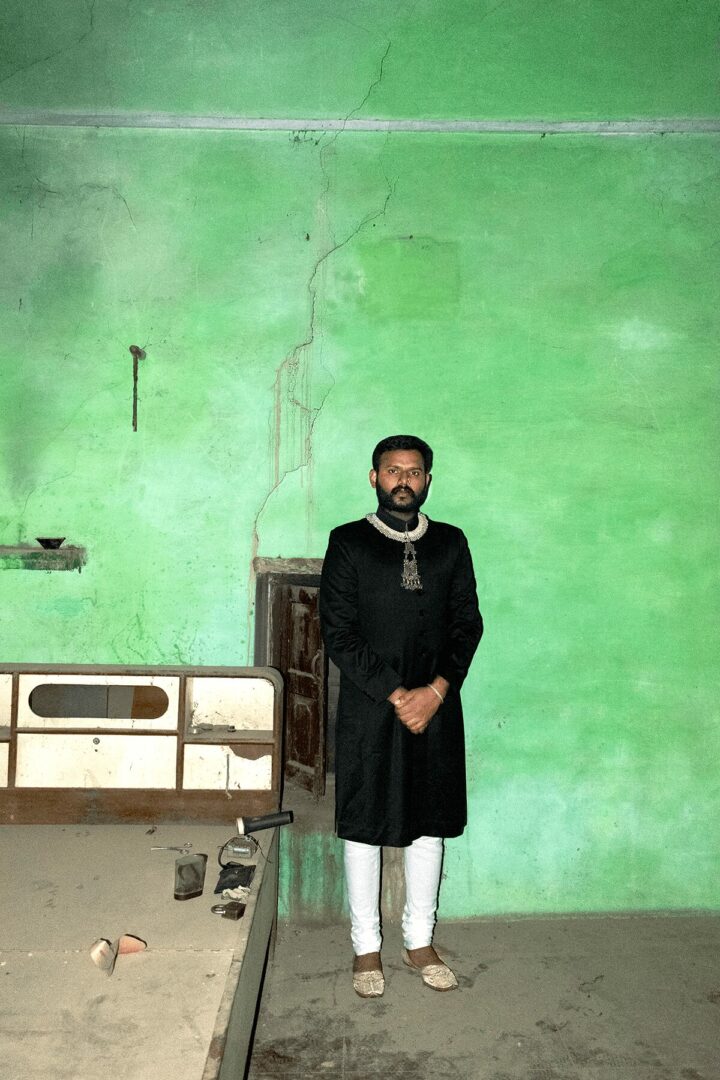
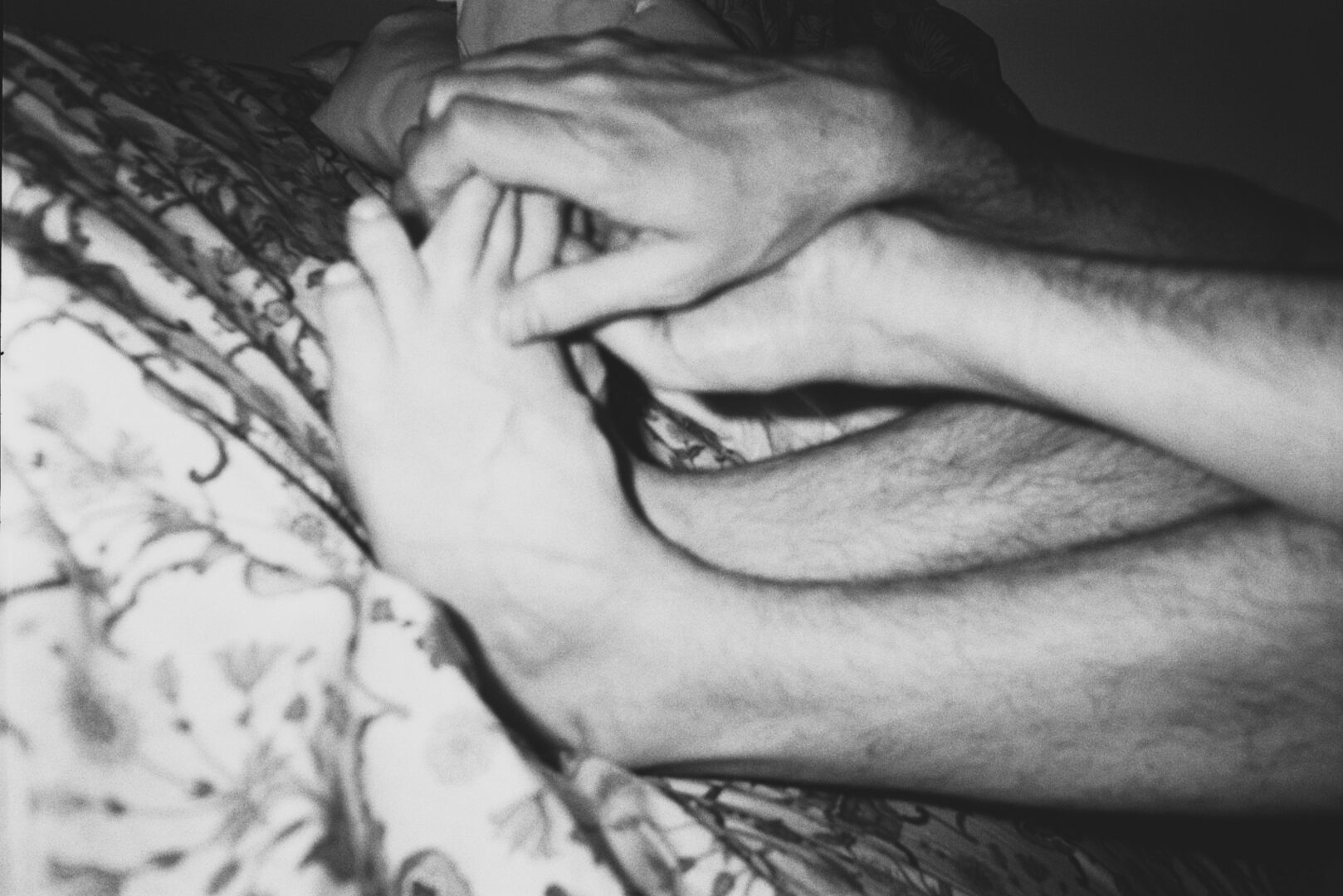
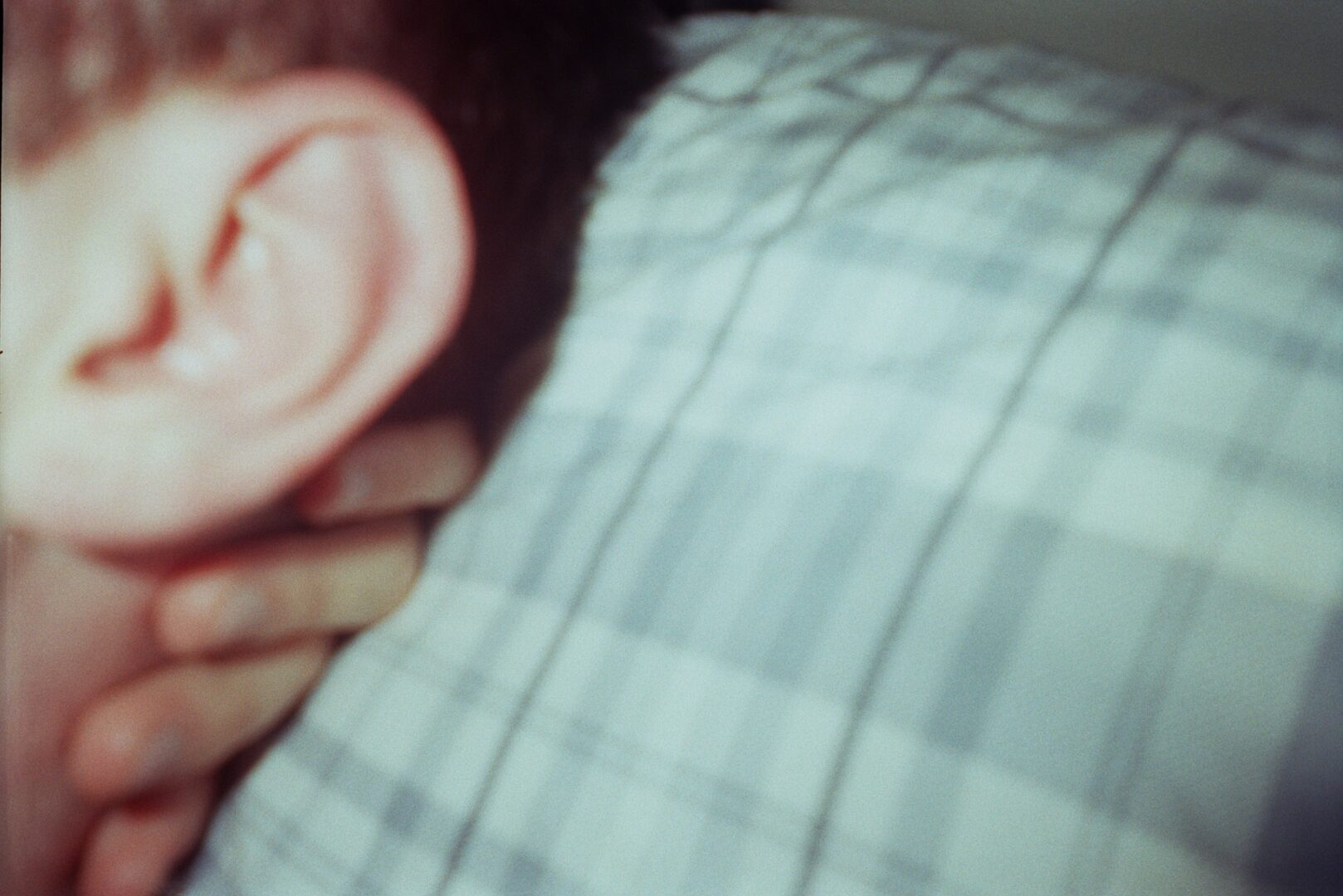
so if you or someone you know deserves recognition please let us know here.



